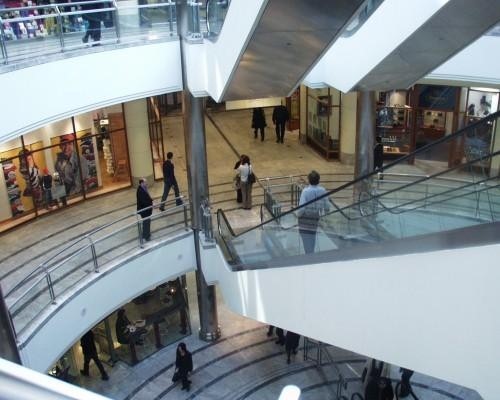Americans are spending less time "purchasing goods and services," according to the Bureau of Labor Statistics annual American Time Use Survey, and as such, retail stores are trying to adjust to the changing consumer mindset.
In 2011, consumers spent an average of 43.2 minutes shopping, a drop from 45 minutes in 2010. When the survey started in 2003, individuals spent an average of 48.6 minutes of the day shopping.
Certain online retailers, such as Amazon, benefit from the ease of purchasing products with a click of a mouse, whereas department stores in shopping malls tend to struggle.
Mark Vitner, senior economist at Wells Fargo, told the Huffington Post that the survey results coincide with trends in the retail industry. The 1980s and 90s saw mall stores transition to "big box" stores, where consumers could drive up to store entrances to pick up their products.
Some retailers though, like Best Buy and Office Depot, are attempting to adjust to consumer needs by creating smaller stores in more convenient locations.
Chris Christopher, senior economist at IHS Global, added that the 2008 recession was also a factor in consumer spending habits, as more people shop according to lists and are living paycheck-to-paycheck.
"Even during the holiday shopping period, people don't wander malls and browse," Christopher said. "They go in like a hit-and-run operation to get what they need and get out."
Even if it's not a retail store, businesses will benefit from adjusting their outlook according to customer's spending habits. As the economy changes, so will consumer mindsets, which will in turn affect companies as a whole. Pairing with a business continuity consultant can help an organization prepare for slower selling periods and alter their business plans to find greater success.

